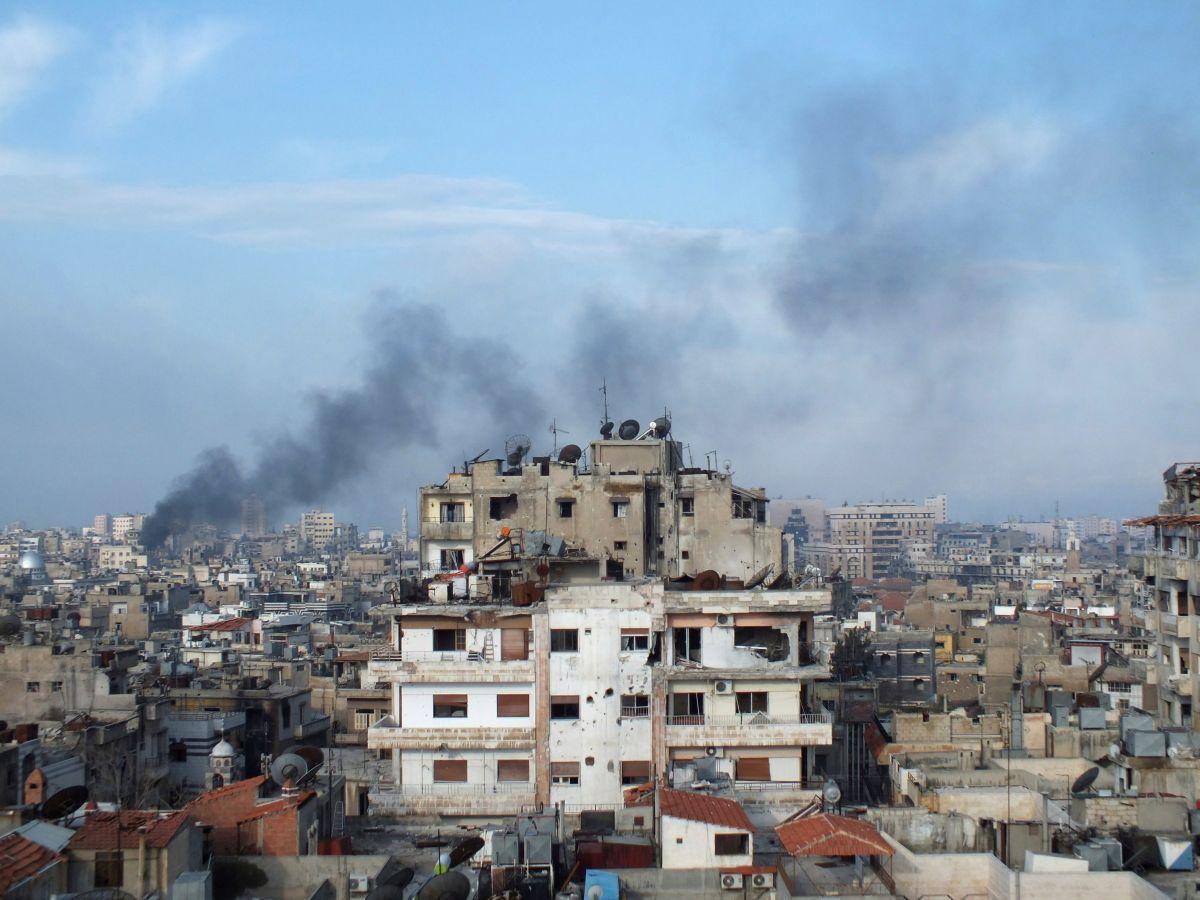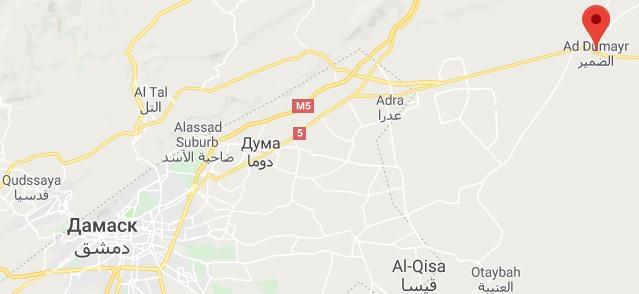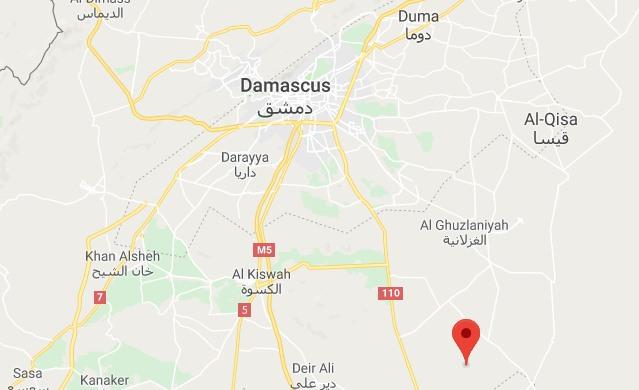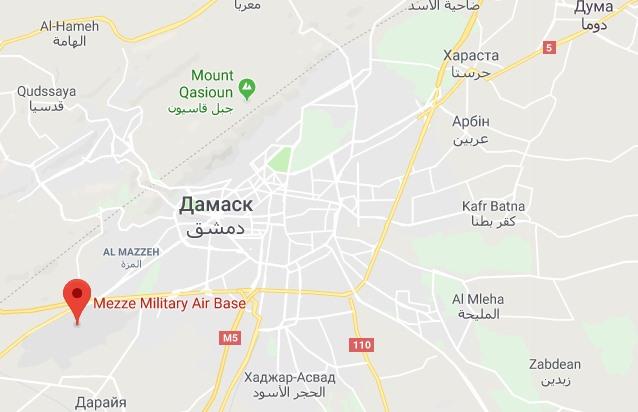
The United States is building a coalition against Syria to respond to an alleged chemical weapons attack on April 7 against civilians and rebel forces in Douma, near Damascus. The primary objective of an operation against Syria will be to deter the further use of chemical weapons, something that a punitive missile strike launched last April by the United States did only temporarily.
This time around, however, a U.S.-led strike against Syria likely would be wider in scope, aiming not only to deter Damascus, but also to impair the Syrian government's ability to carry out chemical weapons attacks. But even with the support of a coalition, and even with a bigger operational scope, the same factors that constrained the United States in April 2017 would also constrain a military operation this time, the U.S.-based private intelligence firm Stratfor wrote.
There are, however, some important differences between last year and now. Last April, the United States acted alone when it launched cruise missiles at Syria's Shayrat air base, which was alleged to be the starting point for a sarin gas attack on the town of Khan Shaykhun. This time, a wider operation could involve multiple strikes across several days and would necessitate significantly more forces, including likely coalition members France and the United Kingdom. It is possible Saudi Arabia, Qatar and/or the United Arab Emirates could be involved in a hosting and facilitation capacity. More remotely, one or any of these states might involve themselves militarily. The Qatari emir Sheikh Tamim bin Hamad al-Thani visited the White House on April 10. The inclusion within a coalition of Qatar and members of the Gulf Cooperation Council has a chance of creating limited military cooperation between the council's feuding states.
The operation could expand relative to the Shayrat airstrike to focus on degrading the Syrian government's capability to deliver chemical weapons. French President Emmanuel Macron gave greater weight to the possibility of a wider operation when he said on April 10 that France would target Syria's chemical facilities in a strike. The new round of strikes might include Dumeir, Marj Ruhayyil and Mezzeh air bases around Damascus, which have been instrumental to the government's offensive in eastern Ghouta. They also may include a wider range of other locations associated with Syria's chemical weapons program.

Because a coalition strike would include a widened target set, Stratfor is looking closely for the additional deployment of U.S. and allied forces to the Middle East. Regionally, the largest bases for potential use in an operation against Syria are the U.S. base at al-Udeid in Qatar and British military bases in Cyprus; increased military activity at these locations may indicate the scope of an impending attack.
A wider target set could necessitate basing and securing access for attack routes from Turkey, Jordan and Iraq, which would require negotiations to acquire their consent. While the United States is already in conversation with Iraq on the issue of a potential strike, Baghdad's close ties with Iran might force it to deny the United States and its partners a flight path through Iraq. Iraq's need to balance its interests between its ties to Iran and to the United States was clear after the 2017 Khan Shaykhun attack, when Iraq's government condemned the use of chemical weapons on Syrian civilians but questioned whether Damascus was culpable.
A wider strike also would likely require the involvement of more assets, such as aircraft carriers from the United States. The USS Harry S. Truman and its support ships are scheduled to leave Norfolk, Virginia, for the Mediterranean and Middle East on April 11, while the USS Theodore Roosevelt and its fleet may redeploy from the Pacific. It will take the USS Truman a week to arrive in the Mediterranean.
The broader the campaign against Syria the greater the risk to Russian forces in the country. The political fallout of Russian deaths from U.S.-led strikes will depend on if the Russians killed are military members or private military contractors. Private military contractors already have been killed by direct U.S. action in Syria with minimal fallout, leaving open the question of how Russia would react if regulars were to be killed in a U.S.-led campaign. The United States may attempt to mitigate this risk, as it did in April 2017, by warning Russia of impending strikes. The Russian presence in Syria — which is mostly concentrated in Tartous, Latakia and Damascus — also limits U.S. options to a defined set of targets. A more holistic campaign would increase the risk of collision with Russian forces. In contrast, striking Iranian forces in Syria has fewer implications for the United States. This was most recently evinced when Israel struck the T4 air base in Syria on April 8, killing several Iranians, without immediate retaliation from Iran.

Meanwhile, in the diplomatic realm, the United States has called for the Organization for the Prohibition of Chemical Weapons to investigate this weekend's attack. The organization has already said it will send investigators to Douma (Russia and Syria are cooperating), but as was clear in 2017, the launch of an investigation will not necessarily delay military action. The longer any potential operation goes on, as well, the more likely that political constraints, such as the U.S. War Powers Act, come into play.


